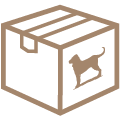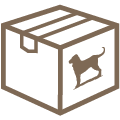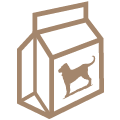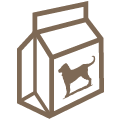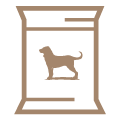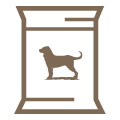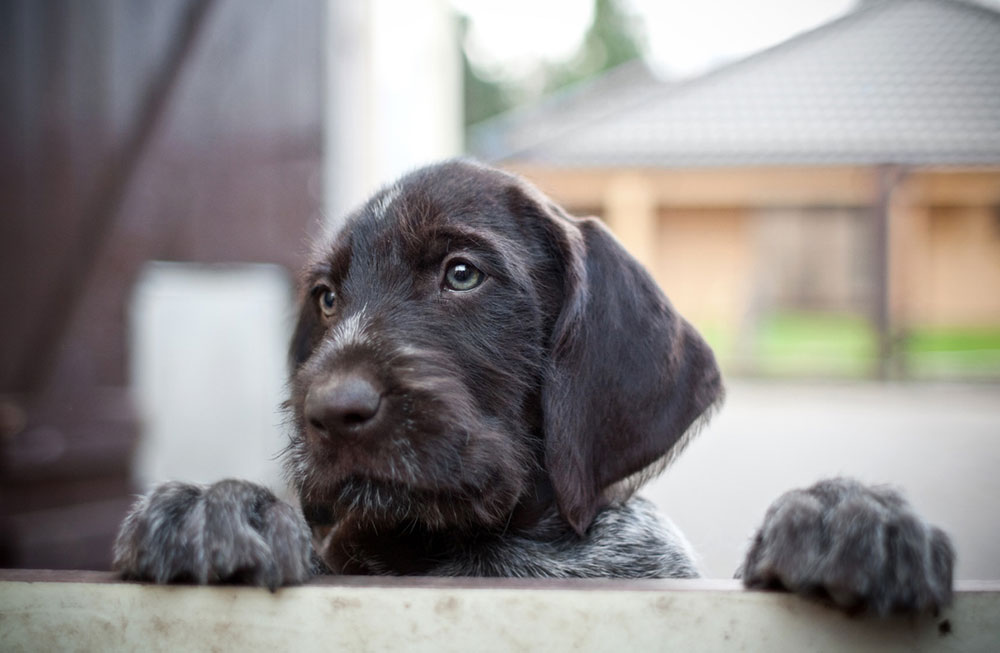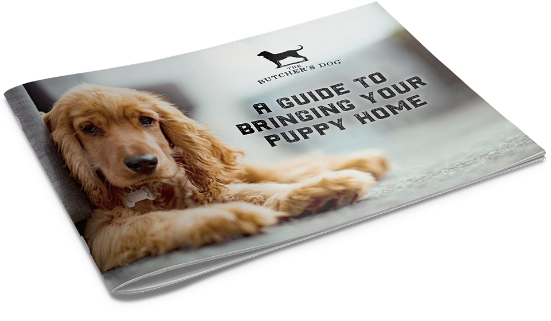Why raw feeding will save you money
As many of us become increasingly conscious consumers, there is more and more thought that goes into all the choices we make when caring for our families, regardless of whether they have two legs or four. Choosing the right pet food is easily the biggest decision you will make for the long-term welfare of your pet.
In a perfect world we would all eat organic food, buy bamboo loo roll in bulk, and wear sustainable fashion from ethical makers. In reality, organic produce is often less convenient, fast fashion follows sought after trends, and not all of us have the space to store months and months’ worth of toilet paper. And these choices all have one other thing in common: they often cost more.
Fresh pet food is an investment in your pet’s health:
There is a perception that fresh pet food falls into this “would be nice” category, and of course we acknowledge this is true for some people. However, buying real pet food, made with wholefood (instead of processed food), raw feeding will SAVE you money over their lifetime. It’s also not as hard on the hip pocket as some will have you believe.
It can be tempting to dismiss the abstract idea of long-term savings due to reduced veterinary costs over the life of your raw fed dog, so let’s dig into it a bit deeper.
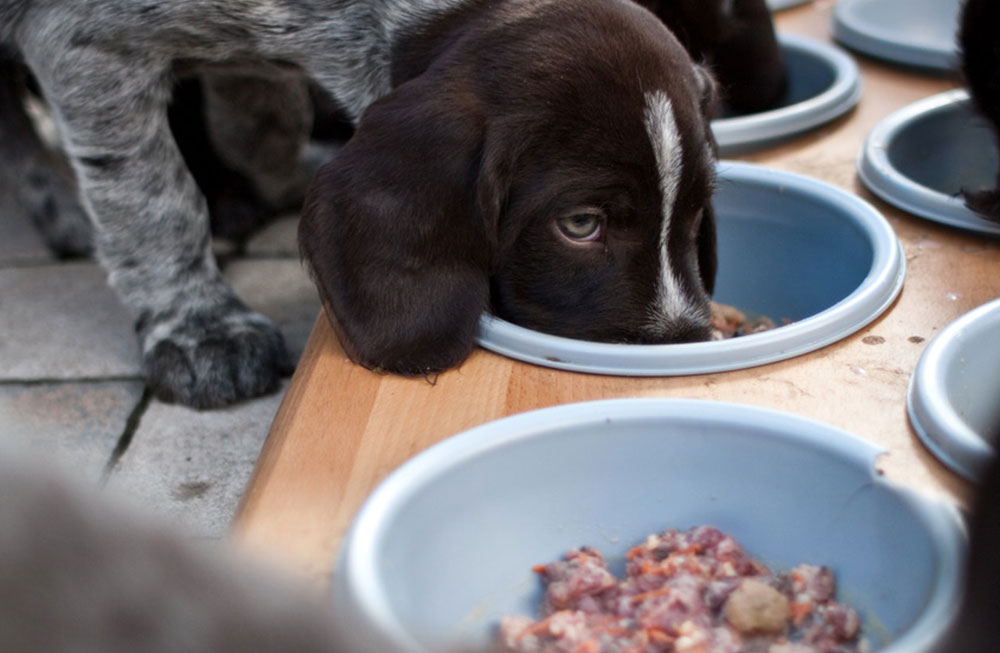
Itches, infections, growths and cancer affect so many dogs:
According to the veterinary journal Today’s Veterinary Practice, in 2018 the top ten ailments that dogs visit the vet for are:
1. Skin conditions (22% of all insurance claims)
2. Stomach issues
3. Ear infections
4. Eye conditions
5. Pain
6. Growths
7. Urinary tract infections
8. Allergies
9. Cruciate ligament tears and surgery
10. Cancer
In 2019, digestive issues overtook skin issues with 26% of claims, and cancer moved from number 10 up to number 7. That stomach issues are accounting for more than one quarter of all vet visits should be a MAJOR red flag, when the health of the gut is so inextricably linked to overall health.
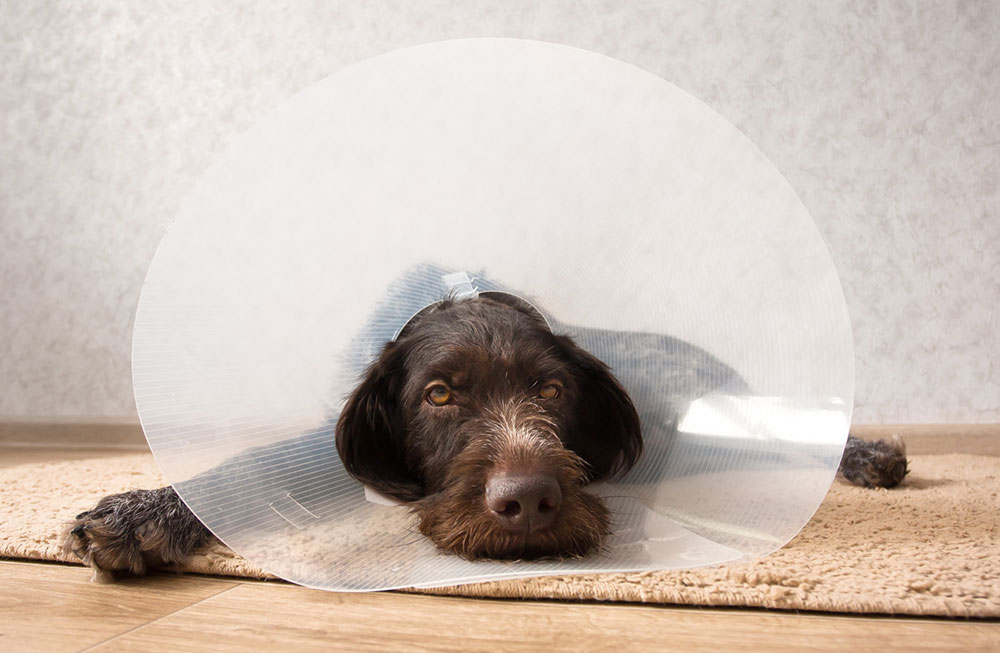
Scientific evidence is increasingly pointing towards the importance of gut health:
Gut health directly informs our ability to fight infections and disease because at least 70% of our immune cells live in our gut, and it is where we absorb the nutrients from our food. Without a healthy gut it is very, very difficult to remain healthy and disease free, so it’s pretty unsurprising that as stomach problems take the lead, in just one year we see cancer move up 3 places.
No matter which way you look at it, diet can be a major contributing factor for at least seven of these ailments, including the top three, and obesity is a risk factor for at least two more, with processed pet food contributing significantly to high rates of obesity in pets today – more than 40% of Australian dogs are overweight or obese.
These conditions are often preventable (not always – even raw fed dogs fall ill occasionally!) and can lead to high care bills that quickly outstrip any savings made on cheaper food. Unwell dogs simply need to visit the vet more.
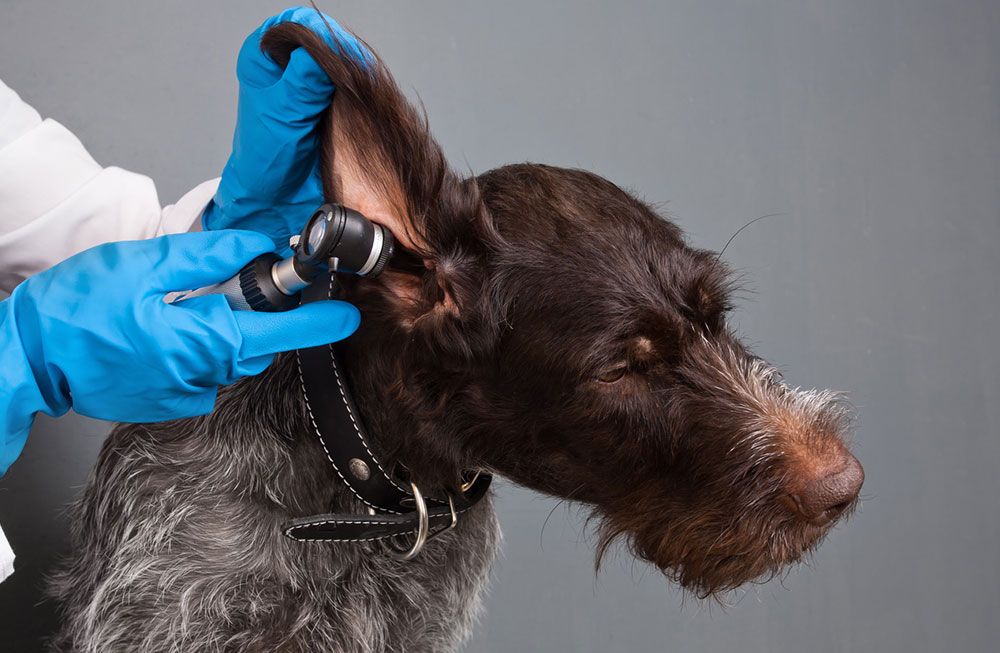
Are you spending a fortune on vet bills?
Many dogs are repeatedly prescribed expensive medications for ongoing problems, without ever identifying the underlying issue.
With a consult usually starting at around $100, urinalysis will run you anywhere from $40-150 if pathology is required, bloodwork is the same again.
Skin issues in dogs are common and costly:
A simple course of antibiotics can put you out as much as $50, as can antihistamines for dogs with skin conditions and allergies. Monthly steroid or non-steroidal anti-inflammatory injections or tablets will usually cost at least $100 plus consultation fees every 4 weeks.
All these medications can have a devastating effect on the gut, creating a vicious cycle of illness that is difficult to break out of.
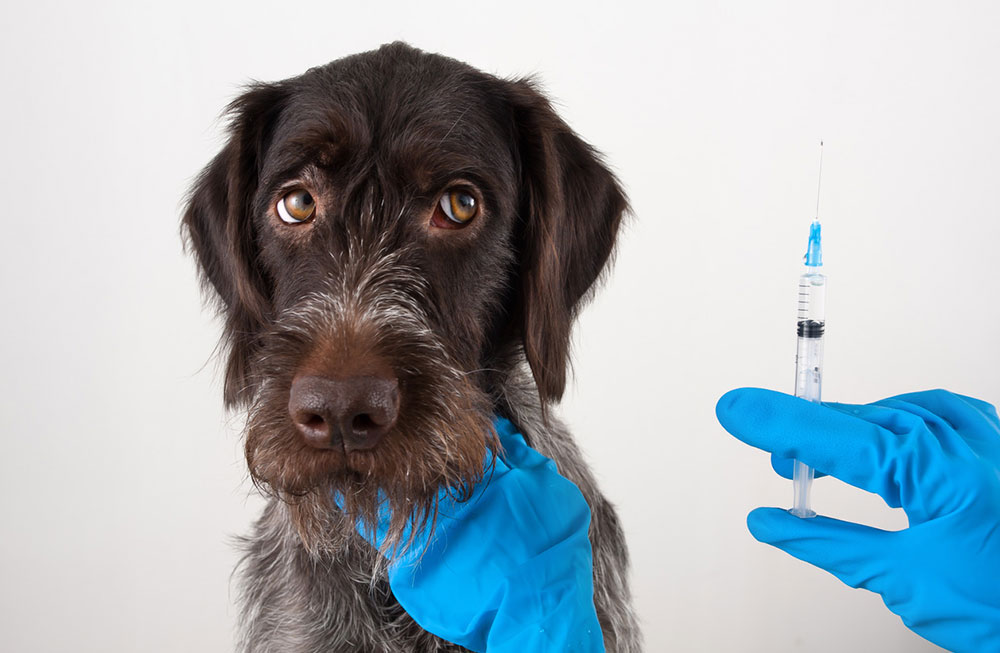
“My experience with commercial canned and dry pet foods, is that they are a prime cause of periodontal disease in all dogs and cats.”
Dr Tom Lonsdale D.V.M, ‘Raw Meaty Bones’
Dental care is a relatively recent addition to the veterinary industry. Yet regular teeth cleaning is now commonplace and recommended every 6-12 months, in large part due to the popularity of processed foods. It will cost at least $500 for a basic clean plus anaesthesia. Of course, this very quickly increases to many thousands if sedation or extractions are required. Anaesthesia also brings with it other significant risks and should be used only when absolutely essential.
By 3 years of age, most dogs will have oral hygiene issues and gum disease issues, which can be prevented with a raw diet and meaty bones.
Quick tip: bone shaped kibble does not clean your dog’s teeth any better than an Anzac biscuit will clean yours.
The veterinary industry and pet insurance is booming:
It’s estimated that Australians spend $2.6 billion per year on veterinary expenses, with 84% of dogs visiting the vet each year, up from 79% in 2016. This is undoubtedly behind the growing popularity of pet insurance, with many people spending around $100 a month to insure their animal against ongoing vet bills. And while pet insurance may solve the financial issue for pet owners, it doesn’t solve the issue of increasingly unwell pets.
When did we become scared of real, fresh food?
A fresh diet provides dental health benefits for pearly whites, results in natural anal glad expression, is hydrating for renal and UTI support, delivers a steady stream of highly bioavailable nutrients, gut loving probiotics and disease fighting antioxidants, and is the key to resolving skin and digestive conditions for many dogs. So, while it may feel like a gamble to outlay a bit more on food now for big savings later, it’s hard to deny the cold hard reality of how food influences the health of our pets, and the frequency of their need for veterinary care.

At the end of the day, all any of us wants is for our pets to live long and happy lives, free from illness or discomfort. In the same way that we make investments in our own health by eating fresh fruits and veggies and avoiding processed sugary foods, we can invest in the health of our pets’ health by selecting a fresh diet that ultimately allows our bank balance to keep thriving along with them.
So exactly how big are these short-term savings?
Not that big, actually. We crunched some numbers on a popular “premium” dog food and worked out what it would cost to feed a typical 10-kilogram dog using their adult dry food, compared to The Butcher’s Dog. We took the price of a 3kg bag from a big pet retailer and used the feeding guides provided by both companies. This what we got:
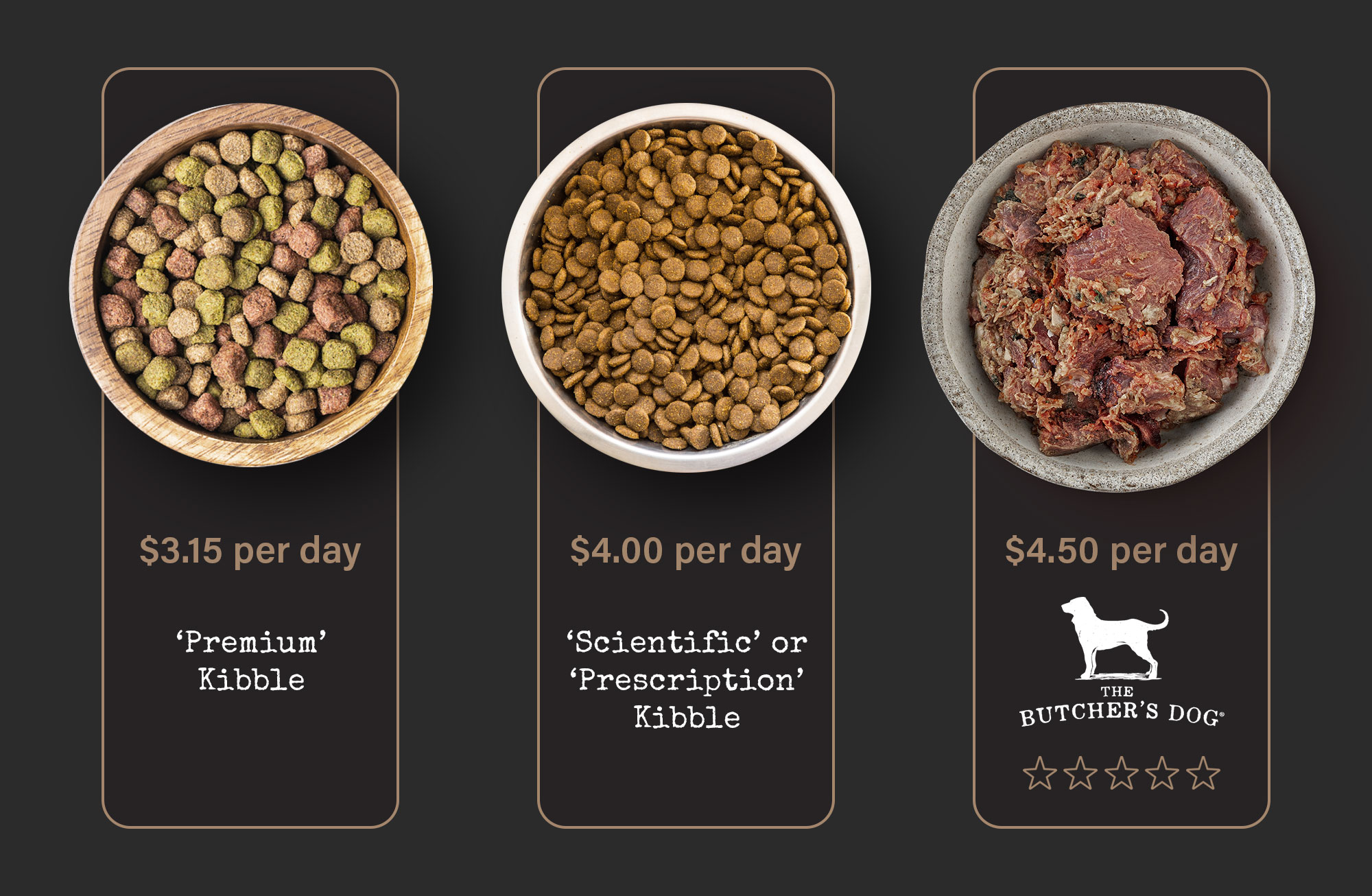
Surprised? Don’t be. These products aren’t just a risk factor for lifelong health problems and increased veterinary spend, they’re also notoriously bad value for money. If you end up needing a specialised “veterinary” variety to combat health issues that may or may not be triggered by the poor-quality food to begin with, you are looking at $4 per day (plus all your vet bills). These are popular high-end brands and they are still full of imported waste products, wheat, corn, rice, soy and chemicals instead of actual nutrition.
You deserve better than that for your hard-earned money, and so does your pet. We’ll resist the urge to make a coffee analogy and simply point out that for less than 50 cents a day you could feed them a completely human grade, species-appropriate, whole food diet that will genuinely support their health, longevity and quality of life.
REFERENCES
-
- We calculated the premium dry food cost using a 10kg dog consuming 180g per day. At $52 for a 3kg bag, and 16.66 days of food in a bag, the daily cost to feed a 10-kilo dog is $3.12 https://www.petbarn.com.au/science-diet-canine-adult-dog-food?sku=132848
- We calculated the “veterinary” dry food cost using a 10kg dog consuming 152g per day. At $52 for a 2kg bag, and 13.16 days of food in a bag, the daily cost to feed a 10-kilo dog is $3.95 https://www.petbarn.com.au/royal-canin-veterinary-diet-2kg
- Purchasing a larger bag of kibble will reduce costs, but increases the likelihood of mould and fat rancidity, and their associated health problems.
- We calculated The Butcher’s Dog cost using a 10kg dog consuming 250g per day. At $133.90 for the 7.5kg Carnivore Box, and 30 days of food in the box, the daily cost to feed a 10-kilo dog is $4.46




